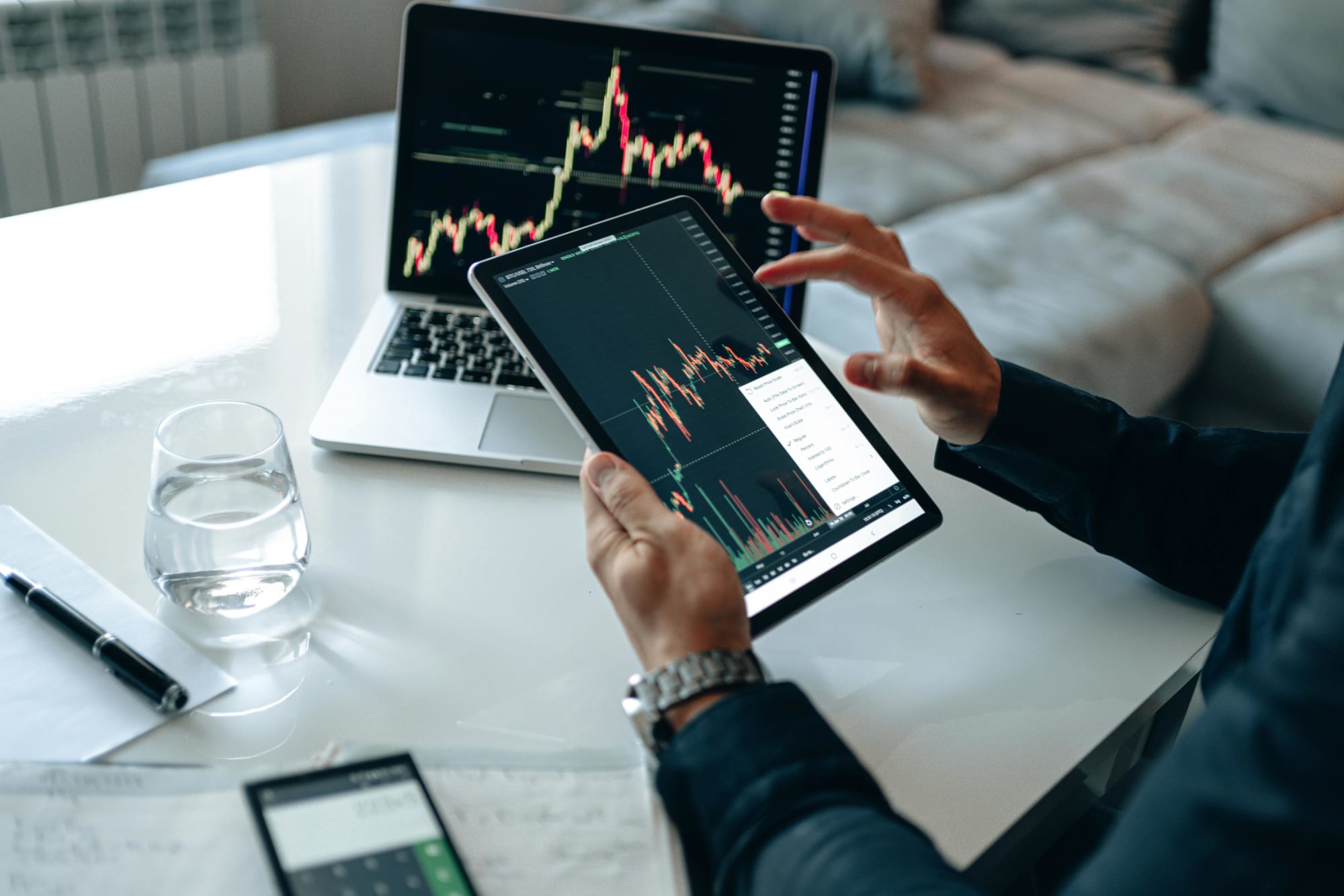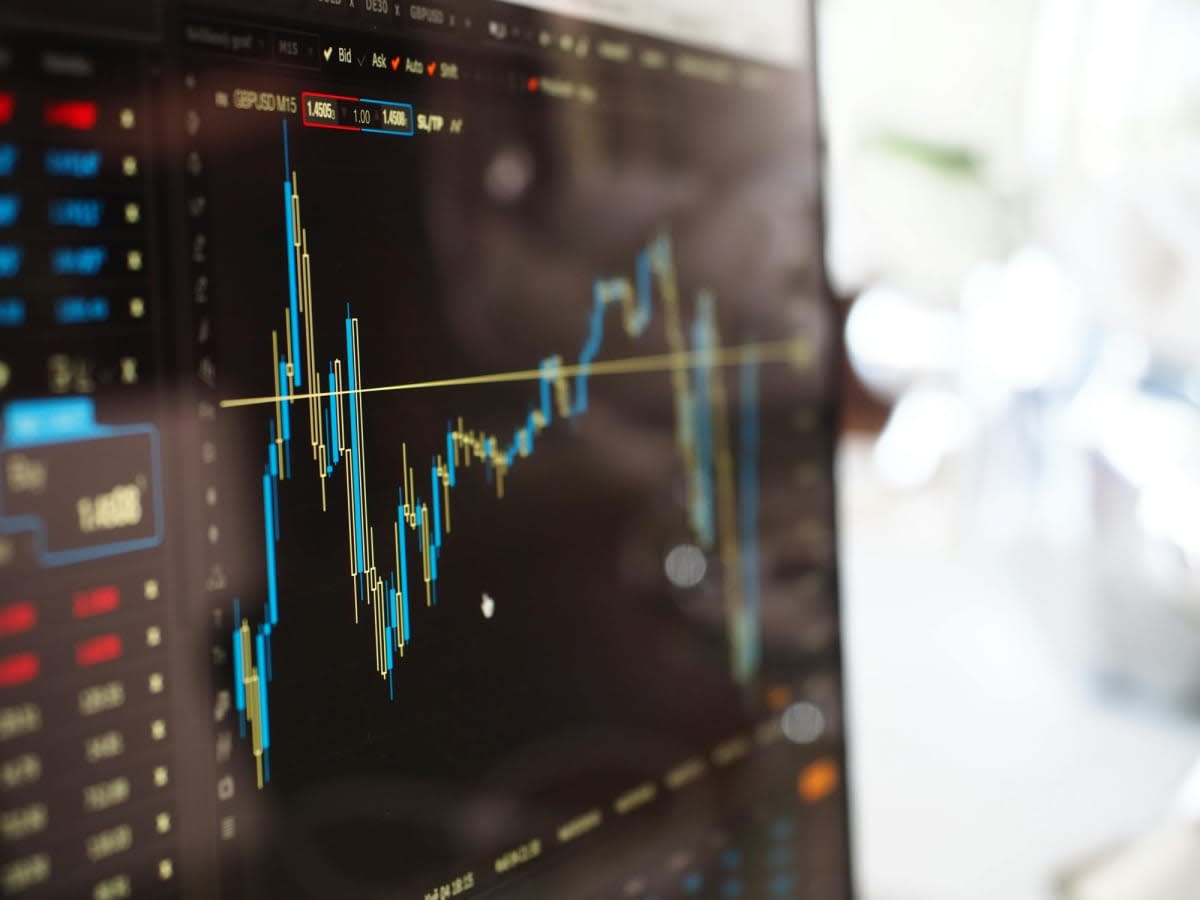Invest
Why investors should ‘buy and hold’
While investors may like to think of themselves as absolutely rational creatures, the opposite is generally true. Adopting a ‘buy and hold’ strategy, however, may help investors make better decisions.
Why investors should ‘buy and hold’
While investors may like to think of themselves as absolutely rational creatures, the opposite is generally true. Adopting a ‘buy and hold’ strategy, however, may help investors make better decisions.

Investor behaviour often appears to defy all logic and reason. Why? According to research in behavioural finance, most investors are not strictly rational.
Rather, they are subject to behavioural biases. Past experiences, personal beliefs and preferences can influence judgment and skew decisions.
These biases can steer them away from logical, long-term thinking and deter them from reaching their long-term investment goals.
In a report, Capital Group studied two common behavioural biases – loss aversion and herd mentality.

The report examined their impact on investment returns and considered how long-term investing can help mitigate these biases and produce better investment outcomes.
The study makes a strong case for long-term investing, particularly in relation to buying and holding sound investments.
More importantly, it’s time to put new focus on long-term investing and how it can create meaningful value for the investor.
Behavioural pitfalls
Behavioural finance contends that when it comes to investing, people often exhibit herding behaviour or a ‘group think’ mentality.
They mimic the behaviour of others, especially in times of uncertainty. But the majority is not always right.
Besides, basing your investment decisions on the actions of others makes little sense given different investment goals and financial circumstances.
Most investors are also loss averse. According to research by Nobel laureate Daniel Kahneman and his late collaborator Amos Tversky, losses hurt about two to 2.5 times more than gains satisfy.
Put another way, the pain of losing $10,000 is disproportionately greater than the pleasure of winning $10,000 Most people need a potential gain of around $20,000 to $25,000 to balance the risk of losing $10,000.
This asymmetry can lead to panic selling during severe market setbacks.
Effects of loss aversion and herding on investment returns
If behavioural biases can influence financial decisions, what subsequent impact would that have on investment returns?
We sought to answer this question by studying the effects of loss aversion and herding on investment returns.
To be as comprehensive as possible, we analysed multiple scenarios using a loss aversion ratio of 2.5 times and covered a total of 301 rolling periods.
For the purpose of this study, we focused on three scenarios – investors with high, moderate and low loss aversion, leading to high, moderate and low trading frequency respectively, and compared them with a buy and hold scenario.
The results were striking. Buy and hold investors can earn much better returns when compared with those who move in and out of markets.
Over the average 20-year rolling period between 1970 and 2014, their initial investment of $100,000 would have had an ending value of $845,162.
By contrast, highly loss-averse investors would have gained $593,974 or 30 per cent less, while those with low loss aversion produced an ending value of $521,275 or 38 per cent less.
The case for selectivity
Buy and hold can yield greater value over the long term – that is the conclusion drawn from our analysis of market returns over the past decades.
It helps, therefore, that there are skilled active managers who are better oriented to downside resilience and low volatility, both of which can counter behavioural biases. Passive index investors, by contrast, bear the full brunt of market declines.
That is also why we stress a long-term perspective and the importance of preserving capital during downturns.
We believe that by producing results that are less volatile than the broader market, investors are less likely to react to fluctuating market conditions by making short-term decisions with potentially destructive long-term consequences.
The active advantage
Another plus about active management is that certain actively managed portfolios can provide the added advantage as compounding excess returns over time can lead to significantly higher returns for the investor with a long-time horizon.
That, in our opinion, points to the potential value of active management.
Picking solid companies, backed by a well thought out, in-depth global research process which combines fundamental, on the ground research with comprehensive macro analysis can serve the long-term interests of investors very well.
The flip side, though, is that the cost of panic selling can be considerably larger.
Investors who exited funds during the global financial crisis and stayed out because of loss aversion missed out on rebounds as high as 95 per cent five years later.
Equally, investors who reacted emotionally on the back of loss aversion and herding suffered big losses.
These outcomes make a strong case for buying and holding solid portfolios which generate more favourable long-term returns, with lower volatility.
Their downside protection keeps investors from being overly irrational, while their strong rebounds reward investors’ patience.
The benefits of such a powerful combination cannot be overstated.
Andy Budden, investment director,Capital Group

Stock market
6K Additive secures A$48 million through initial public offering on the Australian Stock Exchange
6K Additive, a prominent player in the advanced metal powders and alloy additions market, has made a significant stride by successfully completing its Initial Public Offering (IPO) on the Australian ...Read more

Stock market
Institutional investors increase stock allocations to 18-year high amid cautious market shifts
In a recent development, State Street Markets unveiled the findings of its latest State Street Institutional Investor Indicators, revealing intriguing shifts in institutional investor behaviourRead more

Stock market
FOREX.com launches in Australia to empower self-directed traders
StoneX Group Inc. (NASDAQ: SNEX) has announced the Australian launch of FOREX.com, expanding access for self-directed traders to a global suite of Contracts for Difference (CFD) products across ...Read more

Stock market
Westpac and CMC Markets strengthen partnership to enhance online trading services
In a significant move that underscores the evolving landscape of online trading in Australia, CMC Markets Stockbroking has been chosen as the preferred vendor by Westpac Banking Corporation to extend ...Read more

Stock market
Portfolio reviews as an operating discipline: turning volatility into a competitive edge
In a higher-rate, higher-volatility world, portfolio reviews are no longer an annual hygiene task; they’re a core operating rhythm that protects cash flow, unlocks tax alpha, and sharpens risk ...Read more

Stock market
Fee war on the ASX: Global X’s A300 turns up the heat on core Aussie equity ETFs
Global X has lobbed a 0.04% management fee into Australia’s core equity sandbox, launching the Australia 300 ETF (A300) to take on entrenched giants. Read more

Stock market
Challenger IM shakes up the ASX with private credit note and a side of risk
Challenger Investment Management has taken private credit mainstream with an ASX-listed note structure—LiFTs—that secured roughly $100 million in cornerstone commitments within a day of launch. Read more

Stock market
International stocks: Diversifying your portfolio beyond Australia
In an increasingly globalized market, Australian investors have the opportunity to enhance their investment portfolio by incorporating international stocks. Diversifying your investments globally can ...Read more

Stock market
6K Additive secures A$48 million through initial public offering on the Australian Stock Exchange
6K Additive, a prominent player in the advanced metal powders and alloy additions market, has made a significant stride by successfully completing its Initial Public Offering (IPO) on the Australian ...Read more

Stock market
Institutional investors increase stock allocations to 18-year high amid cautious market shifts
In a recent development, State Street Markets unveiled the findings of its latest State Street Institutional Investor Indicators, revealing intriguing shifts in institutional investor behaviourRead more

Stock market
FOREX.com launches in Australia to empower self-directed traders
StoneX Group Inc. (NASDAQ: SNEX) has announced the Australian launch of FOREX.com, expanding access for self-directed traders to a global suite of Contracts for Difference (CFD) products across ...Read more

Stock market
Westpac and CMC Markets strengthen partnership to enhance online trading services
In a significant move that underscores the evolving landscape of online trading in Australia, CMC Markets Stockbroking has been chosen as the preferred vendor by Westpac Banking Corporation to extend ...Read more

Stock market
Portfolio reviews as an operating discipline: turning volatility into a competitive edge
In a higher-rate, higher-volatility world, portfolio reviews are no longer an annual hygiene task; they’re a core operating rhythm that protects cash flow, unlocks tax alpha, and sharpens risk ...Read more

Stock market
Fee war on the ASX: Global X’s A300 turns up the heat on core Aussie equity ETFs
Global X has lobbed a 0.04% management fee into Australia’s core equity sandbox, launching the Australia 300 ETF (A300) to take on entrenched giants. Read more

Stock market
Challenger IM shakes up the ASX with private credit note and a side of risk
Challenger Investment Management has taken private credit mainstream with an ASX-listed note structure—LiFTs—that secured roughly $100 million in cornerstone commitments within a day of launch. Read more

Stock market
International stocks: Diversifying your portfolio beyond Australia
In an increasingly globalized market, Australian investors have the opportunity to enhance their investment portfolio by incorporating international stocks. Diversifying your investments globally can ...Read more








